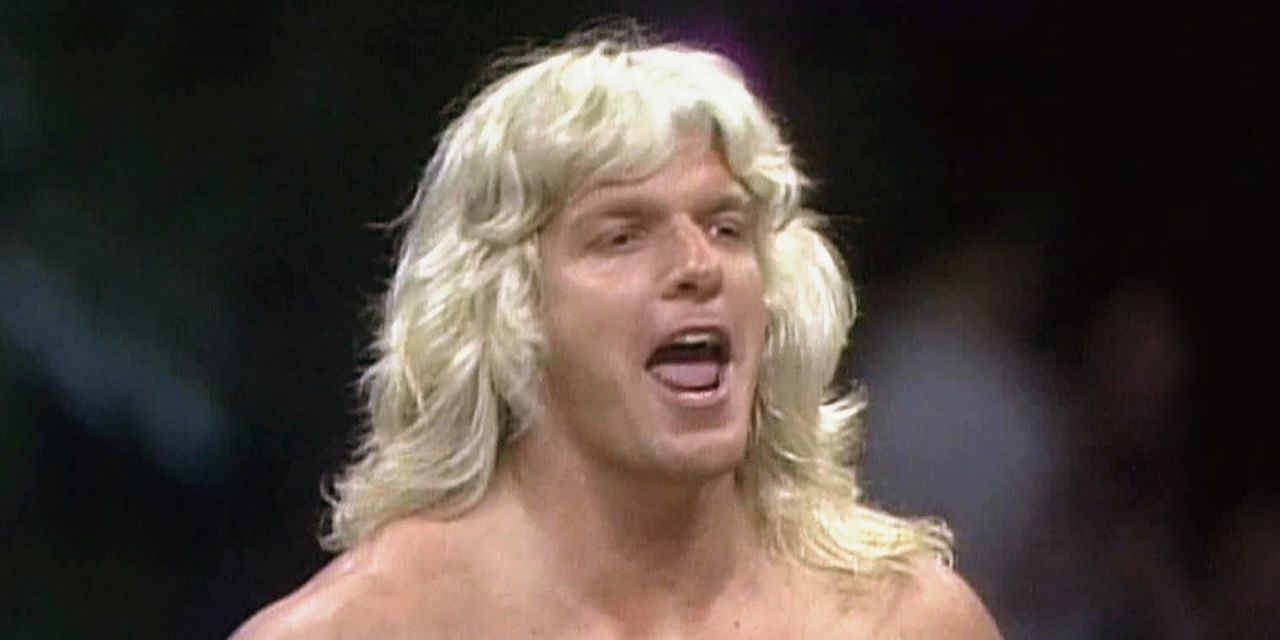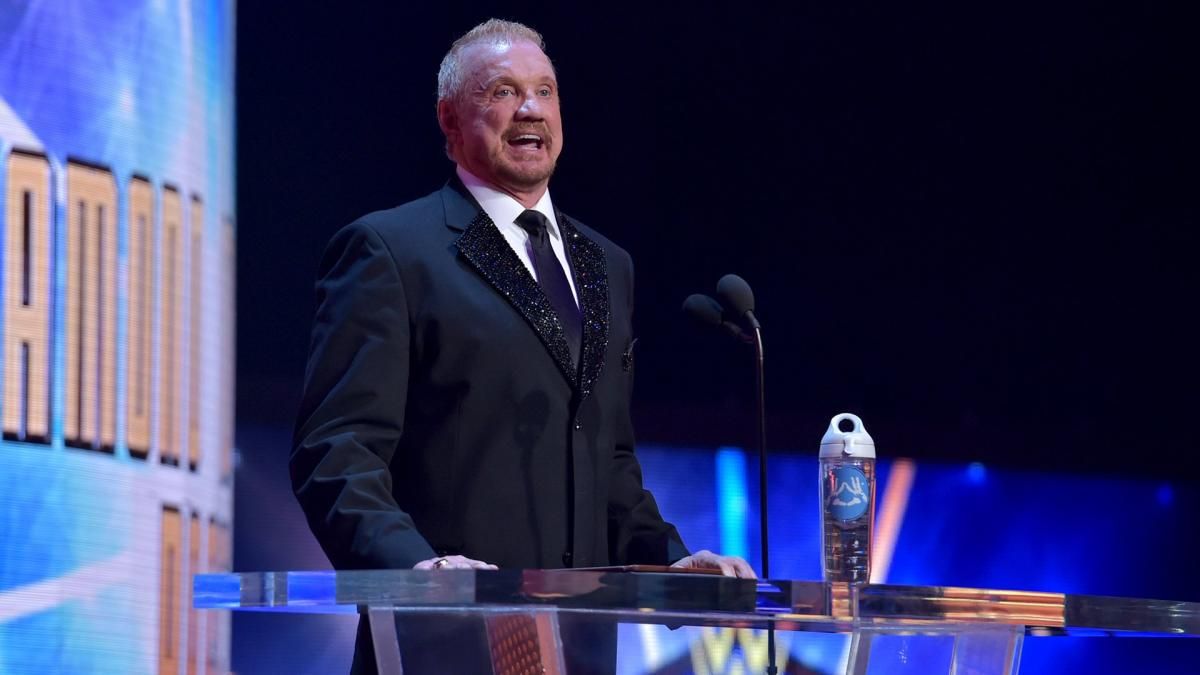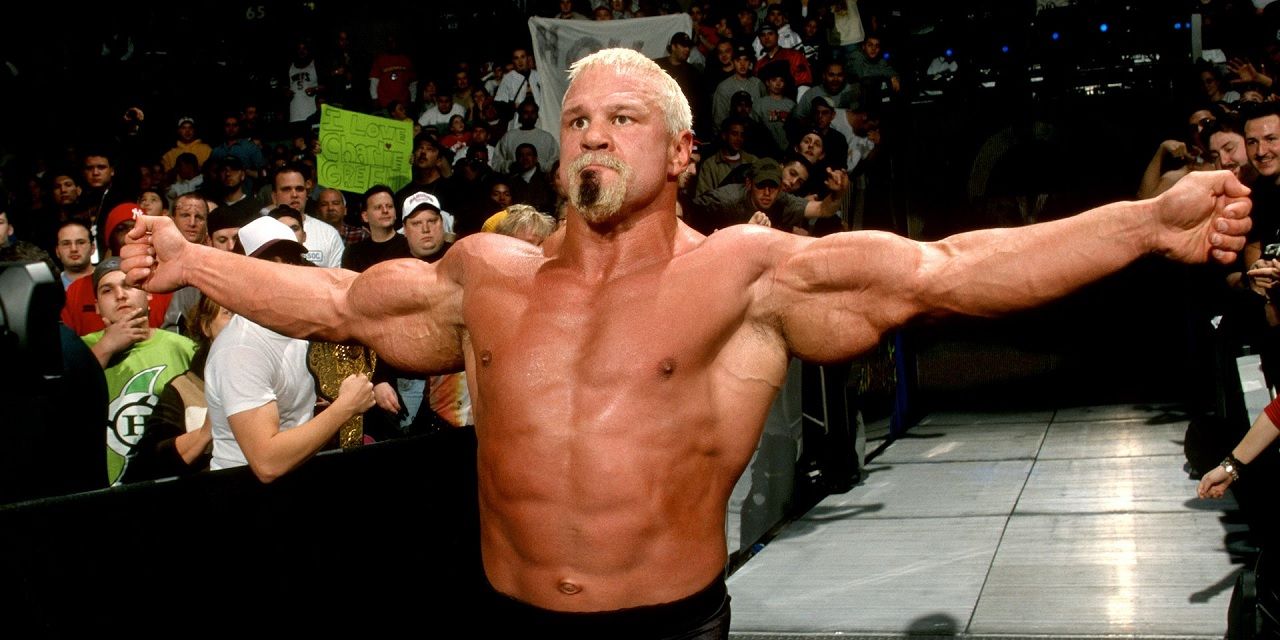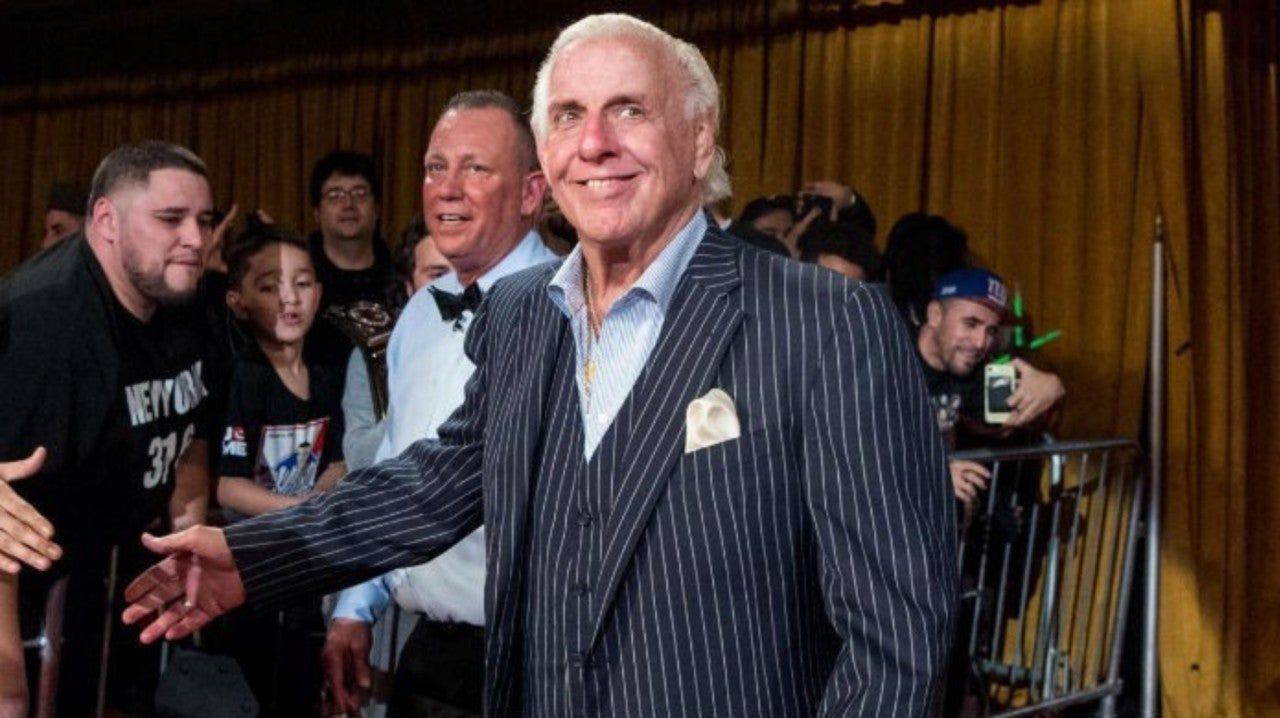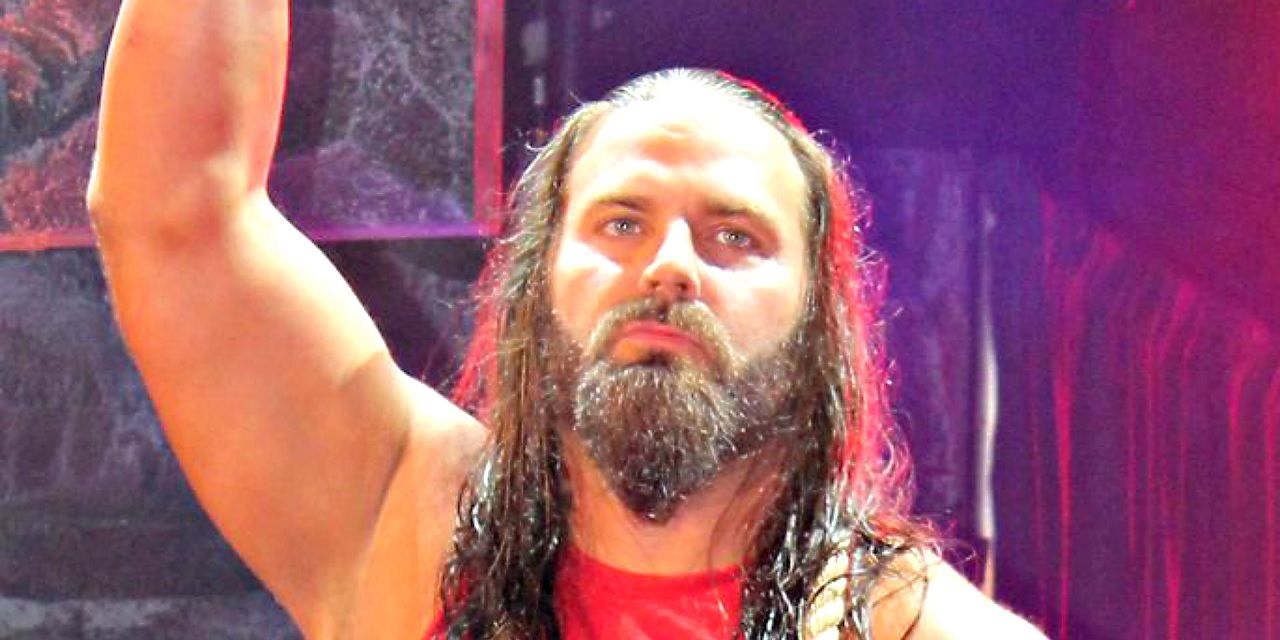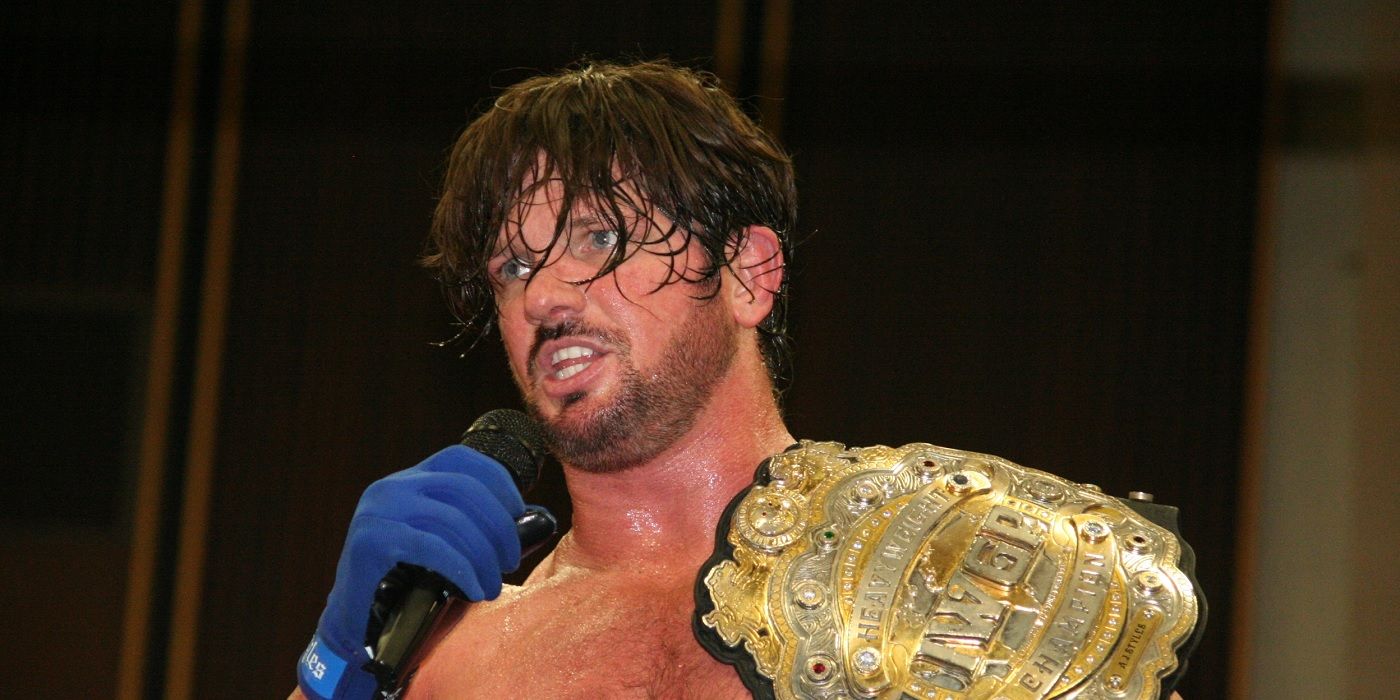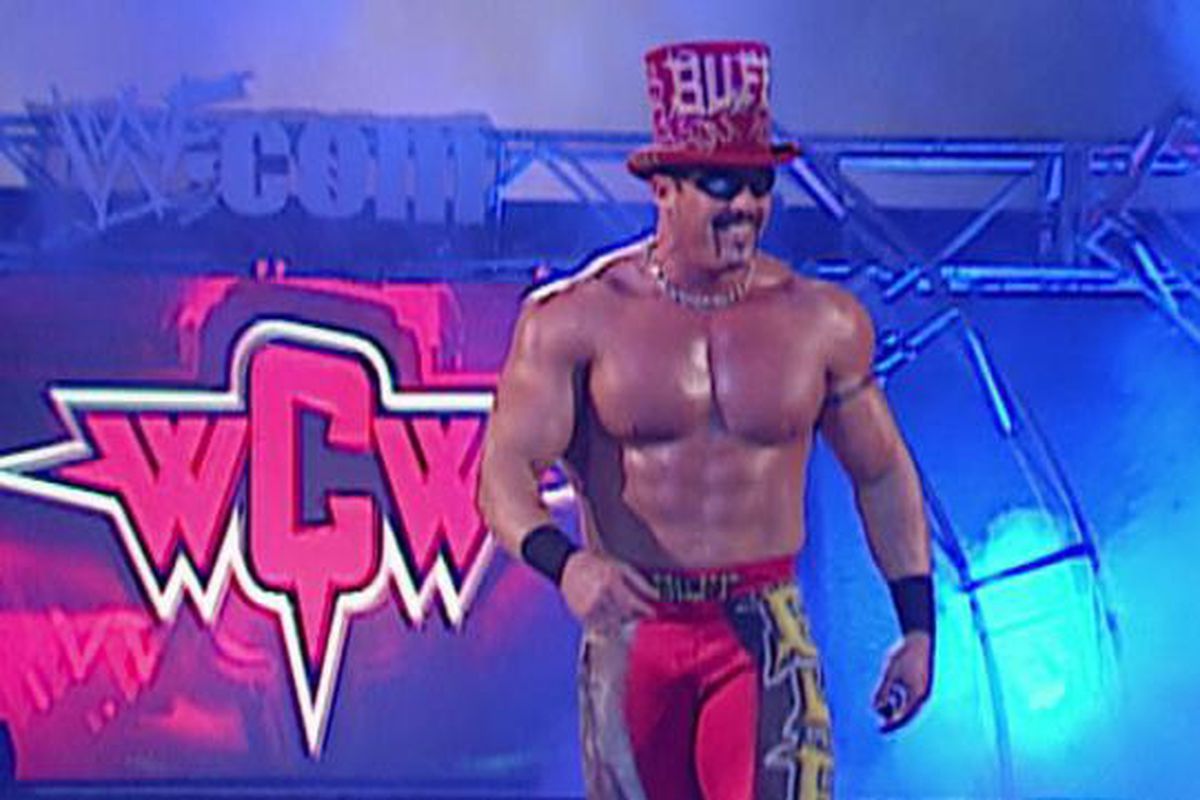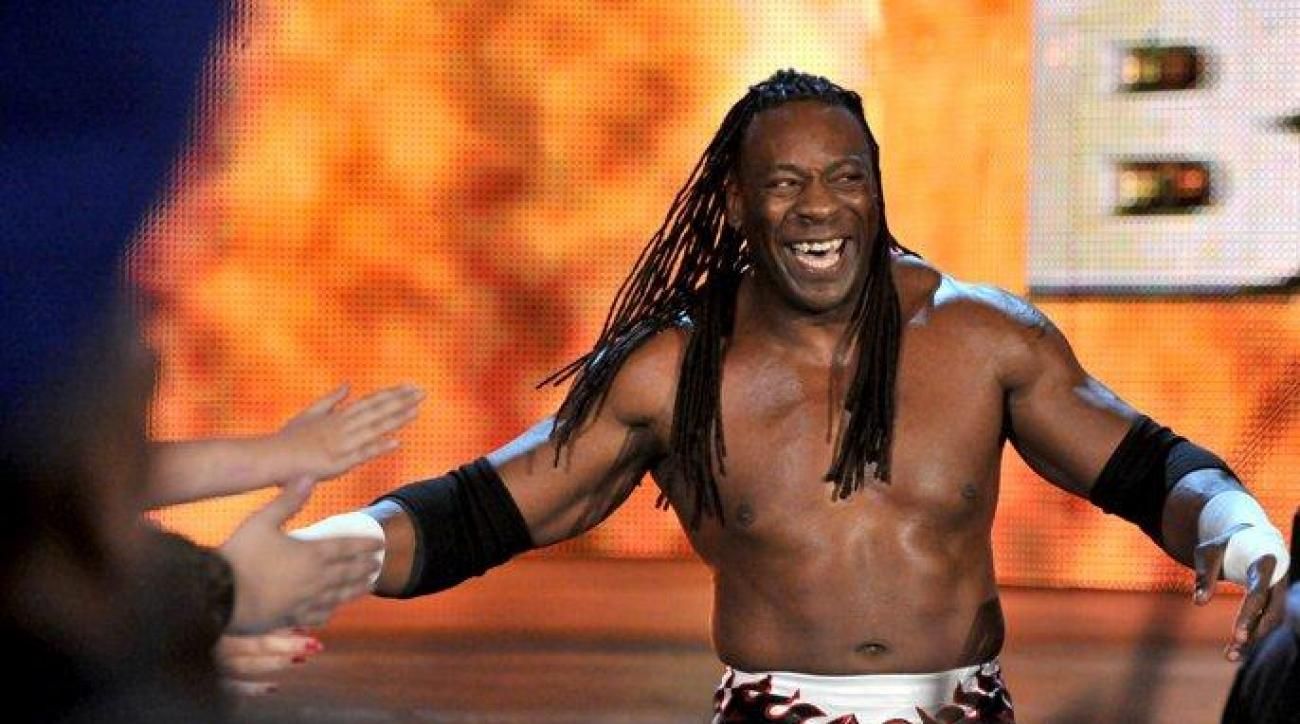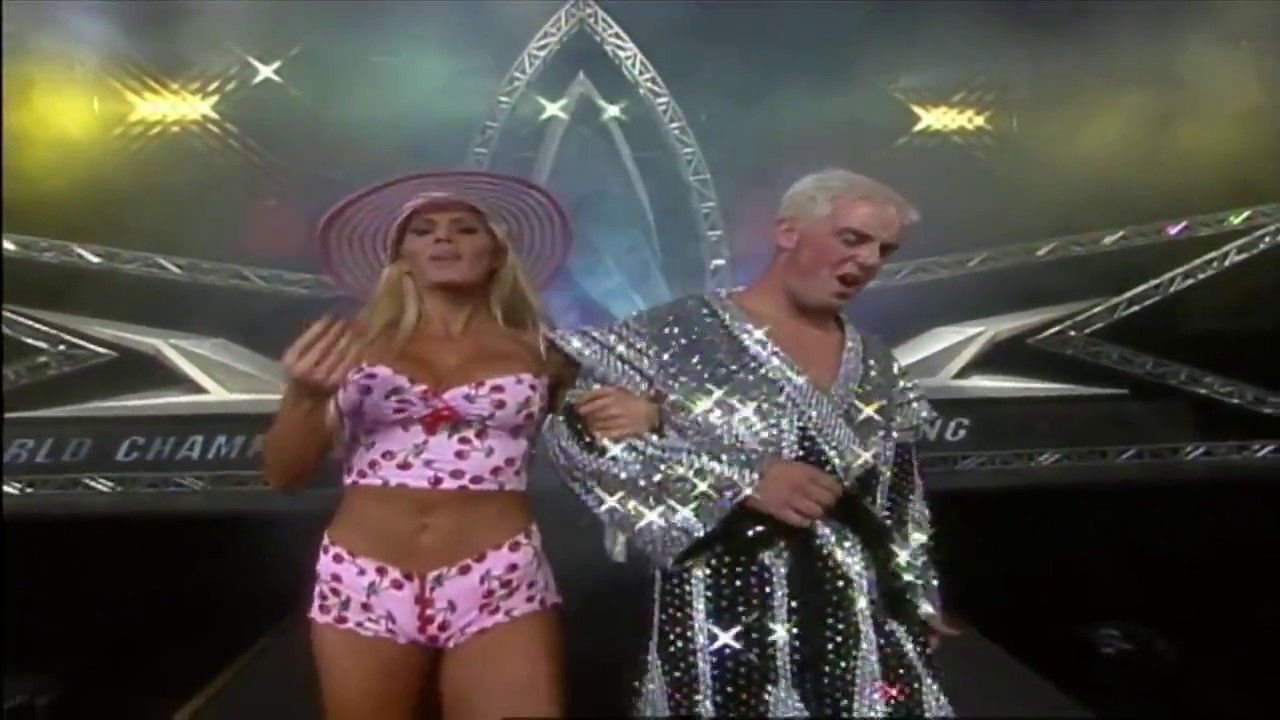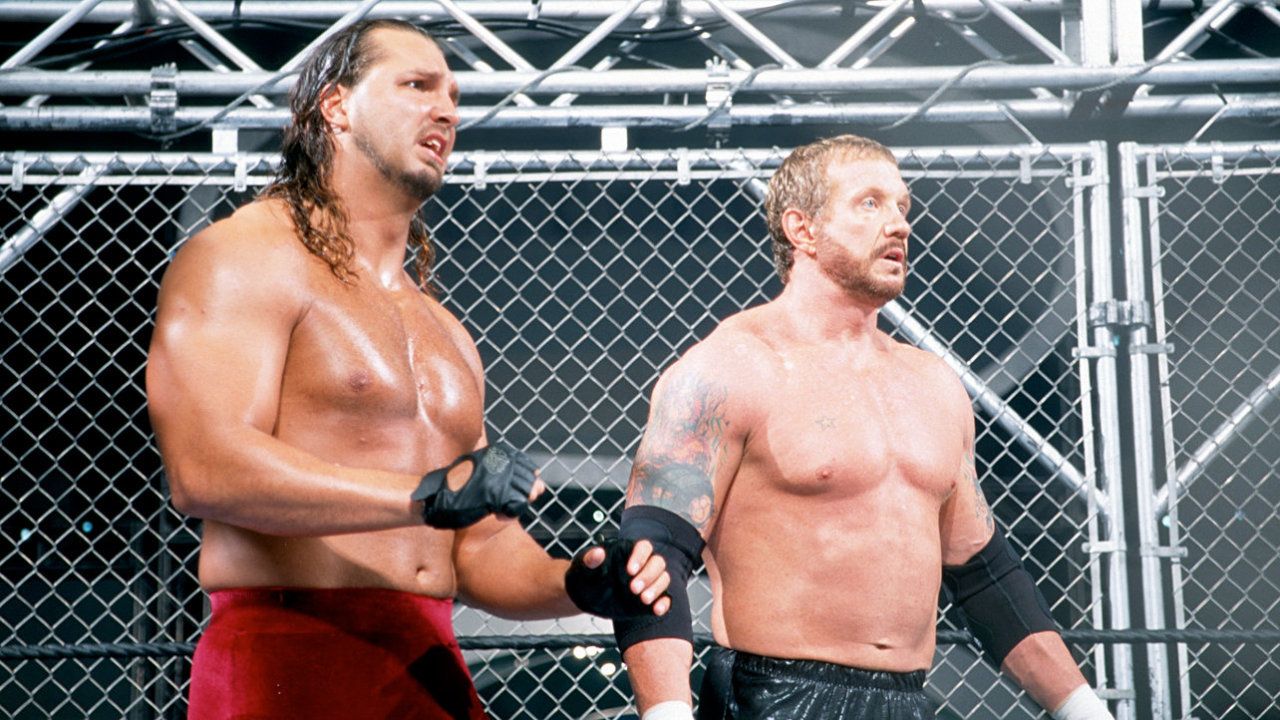Wrestling fans remember the Monday Night War era fondly. While WWE certainly held its own in offering compelling storylines and in-ring action, a big part of wrestling’s popularity in that era can also be attributed to WCW. Though some write off WCW for relying heavily on stars WWE had already established, the company did have its share of big names more synonymous with its brand.
But what has happened to those stars since WWE bought out the competition? The results have been mixed. Some have gone on to even bigger stardom outside of the WCW bubble, while others saw their stock sink immediately afterward. This article looks at five WCW stars who grew more successful, famous or otherwise established after 2001, and five whose careers were never the same.
10 10. Bigger Star: Diamond Dallas Page
Diamond Dallas Page was one of the top homegrown talents for WCW, rising through the ranks from a lower card heel to one of the most popular faces and a world champion during his tenure. DDP didn’t look like his career was on the upswing post-WCW given his disappointing year in WWE and lackluster work to follow with Impact Wrestling and elsewhere.
However, DDP accomplished the unlikely. Not only has his celebrity grown as a legend of wrestling from a popular era. Of arguably greater importance, he started his own fitness empire through his yoga program. In wrestling circles, DDP’s name is all over the place for helping fellow wrestling stars rehabilitate or maintain their health, while his efforts have also made him a high profile fitness guru outside of wrestling, with everyday people.
9 9. Never The Same: Scott Steiner
Scott Steiner enjoyed tremendous career growth over his years with WCW. Most notably, a heel turn—paired with a new look and new promo style—made Big Poppa Pump an icon of WCW’s late stages.
Steiner has had a long career since then, still working part-time as a wrestler to this very day. However, a dismal WWE run and uneven efforts under the Impact Wrestling banner have added next to nothing to his legacy. Indeed, his most recent efforts have made him come across like less of a legend to be revered than an old-timer who didn’t know when to call it quits.
8 8. Bigger Star: Ric Flair
Ric Flair had a distinguished, highly decorated wrestling career with the NWA, WCW, and WWE, and there’s little denying that most of his best work happened before he wrestled the last WCW Monday Nitro match opposite Sting in 2001. Flair’s work with WWE across the seven years to follow and his stints with Impact Wrestling and elsewhere had their highlights, but it’s hard to say they furthered The Nature Boy’s legend.
However, in the years to follow WCW’s closure, Flair has grown from an all-time great of the wrestling business to an undeniable crossover star, recognizable in the mainstream. The roots of Flair’s legendary status come from before 2001, but his longevity in the business, including great performances like his WrestleMania 24 match with Shawn Michaels, have made him a celebrity with very few peers in wrestling.
7 7. Never The Same: Lance Storm
Lance Storm is widely regarded as one of the best in-ring workers of his generation. Despite having his limitations on the microphone, his precision and safe work largely got him over, particularly in WCW, where he collected all sorts of championship gold, just shy of world champion status.
Unfortunately for Storm, WWE’s predisposition to favor big personalities, combined with one of the deepest rosters in wrestling history meant that he promptly got lost in the shuffle when he went there. Had WCW carried, it’s not unreasonable to think he eventually would have been a solid main eventer, but in WWE he never escaped the mid-card and tag team ranks.
6 6. Bigger Star: AJ Styles
Fans tend to forget that AJ Styles was a part of the WCW roster in its dying days, but he was half of the lower card tag team Air Raid. The pair only made it to TV a handful of times before the WWE buy out.
Styles’s undeniable talent probably would have led him up the pro wrestling ranks in the decades to follow no matter what. Getting out of WCW kept him from getting lost in that roster of big names for too long, though, and Styles instead garnered the opportunity to be featured toward the top of Impact Wrestling when that promotion launched. He was successful enough there, in New Japan, and for a number of smaller promotions that WWE was comfortable not only signing him and letting him bypass NXT, but advancing him to the main event level inside his first year with the company.
5 5. Never The Same: Buff Bagwell
Buff Bagwell grew from a face tag team wrestler to one of the more memorable upper mid-card heels over the course of his WCW career. When WWE bought out the competition, many expected Bagwell to do well in this new environment, where his chiseled physique and big personality seemed to align nicely with the aesthetic.
Bagwell’s limited time with WWE became a cautionary tale instead, including his dismal bout with Booker T that hurt both men and the WCW brand on the whole’s standing. While Bagwell remained a draw on the independent circuit for years to come, he never got much of a chance on the national stage after 2001.
4 4. Bigger Star: Booker T
Booker T’s position as WCW Champion served well as an immediate top player when the WCW brand was introduced on WWE television. His status as champ, paired with his considerable talent afforded him more opportunities than most WCW alumni out of the gate, and his initial heel and face runs were reasonably successful codas to his WCW career.
From there, Booker T reinvented himself in his heel king gimmick and took off. Rather than living off the name he built in WCW, King Booker added a worthy new chapter to his legacy, arguably offering the very best character work of his career. This run set him up as a bona fide WWE legend and set up a broadcast career with the company to follow.
3 3. Never The Same: David Flair
David Flair got shot to a high profile position in the nascence of his wrestling career by virtue of being Ric Flair’s son, and getting immediately embroiled in multiple angles with and against The Nature Boy. When WWE bought WCW, it meant hitting the reset button—getting David off of TV and sending him to developmental to polish the fundamentals he’d never had time to properly learn.
David would never make it to the WWE main roster, aside from one-off appearances in support of his father. He’d pop up here and there in smaller promotions, but the way his career was rushed, his over-exposure before he was ready, and his limited natural abilities all meant that he would never accomplish anything greater in the wrestling business.
2 2. Bigger Star: Hurricane Helms
Shane Helms was a budding star for WCW in its final days as a featured player in the Cruiserweight division. His talent brought him to the dance on the WWE roster, but it was a character revamp that would elevate him to the next level.
Taking the nickname Hurricane, and making him a literal superhero was silly and over the top. Nonetheless, it helped Helms stand out from the pack and draw extra attention to all of the incredible things he could do in the ring for a respectable WWE tenure.
1 1. Never The Same: Kanyon
Chris Kanyon may be best remembered as Diamond Dallas Page’s tag team partner and sidekick during his WCW career. Particularly in retrospect, though, he was a special in-ring talent in his own right, who deserved the innovator gimmick that commentators tended to apply to him.
Kanyon’s WWE run wouldn’t amount to much, relegated to playing DDP’s overwhelmed tag team partner opposite the Brothers of Destruction. Kanyon spent much of his remaining time with WWE on the injured list or in developmental, playing a lower card role when he did pop up on the main roster. He worked sporadically in the years to follow, drawing the most headlines for coming out, and for later tragically taking his own life.

